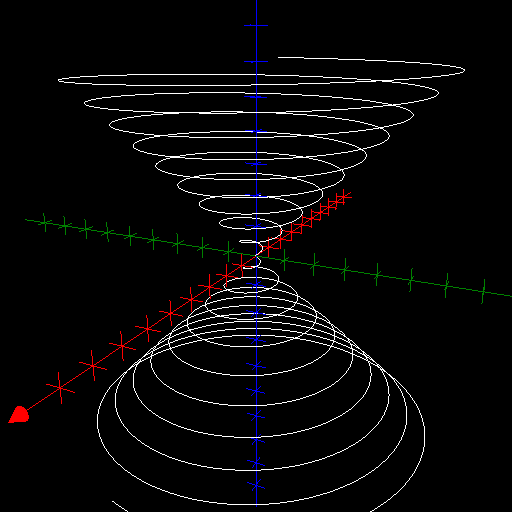

We review the evolution of the field from its earliest days, placing particular emphasis on how this endeavor has illuminated our understanding of the principles underlying the folding and function of natural proteins, and is informing the design of macromolecules with unprecedented structures and properties. The rational design of proteins from first-principles, or de novo, was once considered to be impossible, but today proteins with a variety of folds and functions have been realized. Proteins are molecular machines whose function depends on their ability to achieve complex folds with precisely defined structural and dynamic properties. Time-varying/pulsed magnetic fields exerting comparable cell effects could also be employed. Furthermore, the same procedure could be extended to include the whole autologous or allogenic white blood cells (WBCs). Even if the count of lymphocytes in COVID-19 patients is very low, SMF exposure may be a valuable tool for reprogramming autologous lymphocytes towards physiological conditions. Thus, herein, with the aim of restoring lymphocyte count and physiological serum levels of IL-6 and IL-10, the infusion of human leukocyte antigen (HLA)-matched and SMF-exposed allogenic lymphocytes is proposed for the first time as an easy and affordable treatment option for COVID-19 patients. Interestingly, the production of these cytokines from human lymphocytes was found to be modulated by exposure of 24 h to a 554.2–553.8 mT inhomogeneous static magnetic field (SMF), which elicits IL-10 and suppresses IL-6. In particular, according to the serum cytokine profiling, proinflammatory interleukin 6 (IL-6) and anti-inflammatory interleukin 10 (IL-10) were observed to be considerably higher in patients experiencing respiratory distress, septic shock and/or multi-organ failure, namely “critical cases” requiring intensive care unit (ICU) admission, very often resulting in death. The analysis provides insight into the functions and evolution of PsbQ and Psb27, and an unusual example of proteins with similar tertiary structures and binding sites that probably serve different roles.Īmong haematological parameters of patients seriously ill with the coronavirus infectious disease 2019 (COVID-19), leucocytosis, lymphocytopenia, and the abnormal release of circulating cytokines, termed cytokine storm syndrome (CSS, also known as cytokine release syndrome or CRS), were found associated with disease severity. Previous experimental inconsistencies, low confidence binding simulations, and recent structural data suggest that Psb27 is likely to exhibit flexibility that may be an important characteristic of its activity. Psb27 homologs generally exhibit less divergence, which may be due to stronger evolutionary selection for certain residues that maintain its function during PSII biogenesis and this is consistent with their more similar calculated binding energies between organisms.
/dna_helix-645381867-58a0b2cf5f9b58819cf7becd.jpg)
This may result in functional variation as exemplified by large differences in their calculated binding energies. Evolutionary divergence within PsbQ homologs from different lineages is high, probably due to their interactions with other extrinsic subunits that themselves exhibit vast diversity between lineages. We find no evidence that PsbQ and Psb27 are related despite their similar structures and binding sites. Here, we use sequence alignments, structural analyses, and binding simulations to compare PsbQ and Psb27 from different organisms. PsbQ and Psb27 share a similar binding site and have a four-helix bundle tertiary structure, suggesting they are related. We focus on the extrinsic subunit PsbQ, that binds to the mature PSII complex, and on Psb27, an extrinsic subunit involved in PSII biogenesis. Recent cryo-electron microscopy experiments have provided new molecular structures of PSII with varied extrinsic subunits. Extrinsic subunits generally serve to protect the OEC from reductants and stabilize the structure, but diversity in the extrinsic subunits exists between phototrophs.
Photosystem II (PSII) catalyzes the oxidation of water at its active site that harbors a high-valent inorganic Mn4CaOx cluster called the oxygen-evolving complex (OEC).


 0 kommentar(er)
0 kommentar(er)
